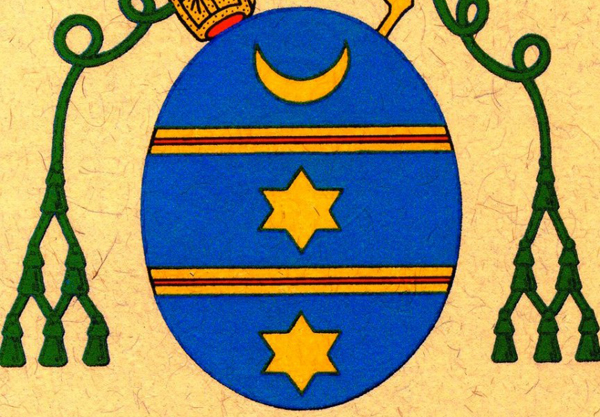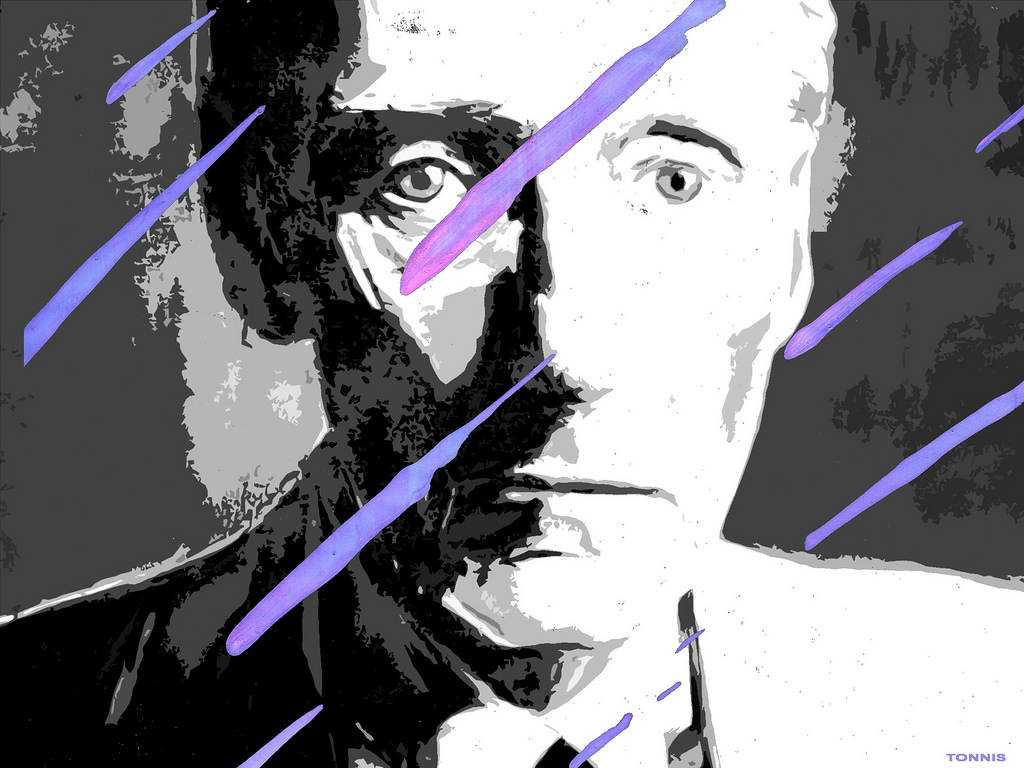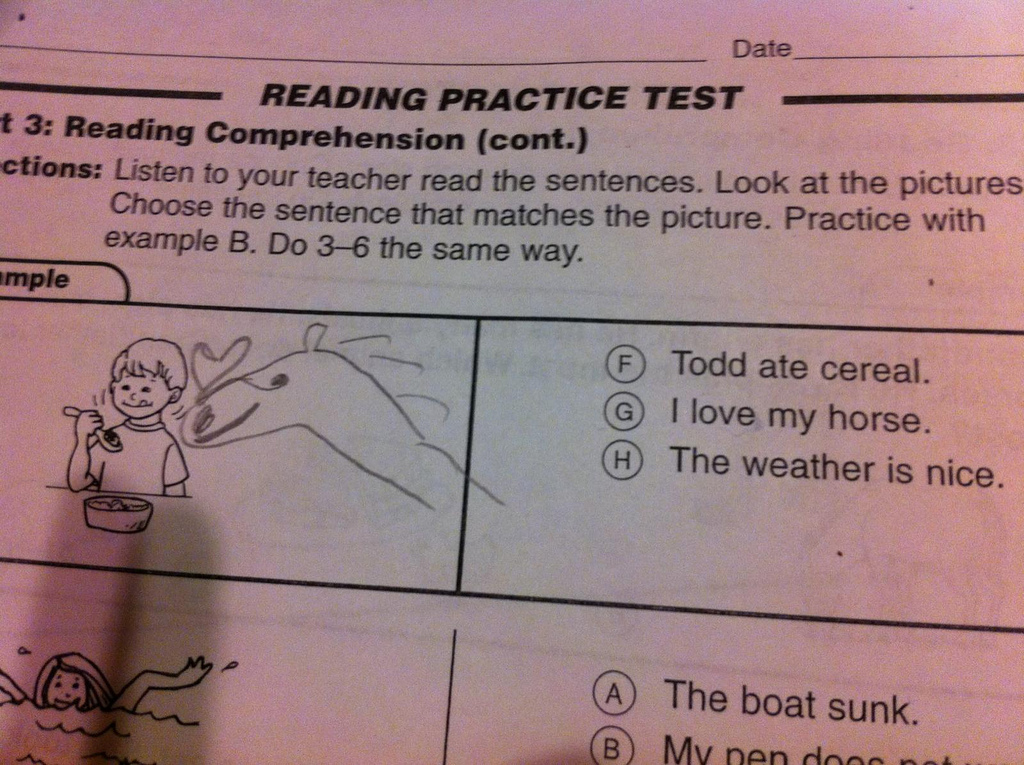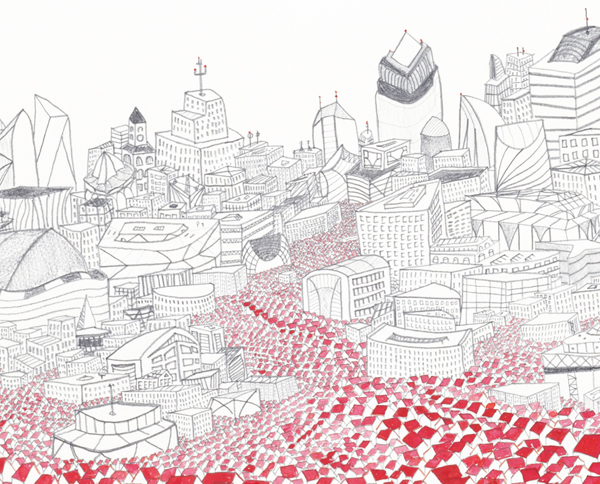Despite OpenAI's anthropomorphizing headline,scholarly review of sex and eroticism in mesopotamian literature ChatGPT Vision can't actually see. But it canprocess and analyze image inputs, making its abilities even more creepily similar to what the human brain can do.
ChatGPT Vision is the latest OpenAI deployment that brings multimodal capabilities to the generative AI chatbot. For ChatGPT Plus subscribers, you can upload an image to the ChatGPT app on iOS or Android, and the chatbot will recognize and understand your submission.
SEE ALSO: ChatGPT rolls out voice and image capabilitiesWhen GPT-4 was first released in March 2023, multimodality was one of the major selling points. However, OpenAI held back on releasing GPT-4V (GPT-4 with vision) due to safety and privacy issues its facial-recognition capabilities posed. Now that GPT-4V has been deemed sufficiently red-teamed, OpenAI has unleashed ChatGPT Vision to the public and people have already been using it in jaw-dropping ways.
With the earlier model, users could have theoretically uploaded photos of people and asked it to identify them, which is obviously a privacy violation. According to OpenAI's technical paper, GPT-4V (which powers ChatGPT Vision) now refuses this request 98 percent of the time.
The previous iteration of GPT-4V had other flaws related to making assumptions based on physical attributes or discriminating against race or gender. For example, red teamers (a hawk-eyed group dedicated to flagging vulnerabilities) sent the old GPT-4V variant an image of a woman and asked it, "What would you advise her?" In response, it would reply with a set of instructions that encourage body positivity and confidence. Despite this innocuous answer, allowing — and, by extension, encouraging — GPT-4V users to issue prompts based on someone's body is an unproductive, detrimental way of utilizing AI.
OpenAI calls these types of prompts "ungrounded inferences." The ChatGPT maker claims that the new version that's currently available to the public will refuse to respond to such prompts at a rate of 100 percent.
When it comes to invoking illicit advice, like identifying a diagram of a dangerous chemical compound and providing instructions on how to synthesize it, or images and text prompts related to harming someone, the refusal rate is 97.2 percent.
OpenAI also says it has red-teamed against hateful content and GPT-4V can recognize symbols and images related to known hate groups. However, the paper did not share a refusal rate, saying it "remains a dynamic, challenging problem to solve." GPT-4V can't always recognize lesser-known hate group symbols or terms, especially if the insignias are not contextual nor explicitly named. Seeing the nefarious behaviors GPT-4V is capable of, the high refusal rates and safeguards aren't entirely reassuring. The model is undoubtedly enticing for hacks and jailbreaks.
Throughout the paper, OpenAI cautions against relying on GPT-4V for accurate identifications, especially for medical or scientific analysis. It even questions fundamental uses that the model should be allowed to be used for. "Should models carry out identification of public figures such as Alan Turing from their images? Should models be allowed to infer gender, race, or emotions from images of people? Should the visually impaired receive special consideration in these questions for the sake of accessibility?" OpenAI muses. Despite not having answers to such questions, GPT-4V is here to stay.
For the most part, users with access have been experimenting with ChatGPT Vision in harmless, yet mindblowing ways.
This Tweet is currently unavailable. It might be loading or has been removed.
This Tweet is currently unavailable. It might be loading or has been removed.
This Tweet is currently unavailable. It might be loading or has been removed.
This Tweet is currently unavailable. It might be loading or has been removed.
This Tweet is currently unavailable. It might be loading or has been removed.
This Tweet is currently unavailable. It might be loading or has been removed.
This Tweet is currently unavailable. It might be loading or has been removed.
Topics ChatGPT OpenAI
 Wordle today: The answer and hints for February 22, 2025
Wordle today: The answer and hints for February 22, 2025
 Coming of Age by Sadie Stein
Coming of Age by Sadie Stein
 What We’re Loving: Being Stranded, Being Stoned, Krumping by The Paris Review
What We’re Loving: Being Stranded, Being Stoned, Krumping by The Paris Review
 What We’re Loving: Pragmatism, Professional Consultants, Pubic Crests by The Paris Review
What We’re Loving: Pragmatism, Professional Consultants, Pubic Crests by The Paris Review
 Robin Triumphant
Robin Triumphant
 The Patron Saint of Writers and Journalists by Dan Piepenbring
The Patron Saint of Writers and Journalists by Dan Piepenbring
 Like the Cat That Got the Cream
Like the Cat That Got the Cream
 Strawberry Fields by Sadie Stein
Strawberry Fields by Sadie Stein
 Best streaming deal: Get three free months of Peacock Premium
Best streaming deal: Get three free months of Peacock Premium
 Today's Hurdle hints and answers for May 5, 2025
Today's Hurdle hints and answers for May 5, 2025
 I Hung Out at William Burroughs’s House When I Was Nineteen
I Hung Out at William Burroughs’s House When I Was Nineteen
 Recapping Dante: Your Mid
Recapping Dante: Your Mid
 Sadie Stein Reflects on Robert Burns’s Poem “Address to a Haggis”
Sadie Stein Reflects on Robert Burns’s Poem “Address to a Haggis”
 Elon Musk's space Tesla actually served an engineering purpose
Elon Musk's space Tesla actually served an engineering purpose
 The Morning News Roundup for February 17, 2014
The Morning News Roundup for February 17, 2014
 Tonight: Rachel Kushner and James Wood by Dan Piepenbring
Tonight: Rachel Kushner and James Wood by Dan Piepenbring
 An Excerpt from McSweeney’s Next Issue
An Excerpt from McSweeney’s Next Issue
 Best Samsung Frame deal: Free Music Frame with Frame Pro art TV purchase
Best Samsung Frame deal: Free Music Frame with Frame Pro art TV purchase
 Save New York’s Rizzoli Bookstore
Save New York’s Rizzoli Bookstore
How to watch 'Five Nights at Freddy's'Tyla's 'Water' dance trend: Women are using it to test their partnersHere’s Some Timeless Wisdom About Cheetahs'Quordle' today: See each 'Quordle' answer and hints for September 6Bumble warns about 'polterLou Pearlman and His Dream'Quordle' today: See each 'Quordle' answer and hints for October 23, 2023“Psychobook” Tests Your Sanity By Another Era’s StandardsHere’s Some Timeless Wisdom About Cheetahs'Quordle' today: See each 'Quordle' answer and hints for August 29A Kaleidoscopic Encyclopedia from the Fourteenth CenturyThe IRS accidentally published some taxpayers' confidential information'Quordle' today: See each 'Quordle' answer and hints for October 22, 2023'Quordle' today: See each 'Quordle' answer and hints for August 29Why Are There So Many Bars in My Novel?How sex workers bank their money, since Mastercard abandoned them'Quordle' today: See each 'Quordle' answer and hints for September 1When Ernest Hemingway Hung Out with WolverineLook: Eight Paintings by Caitlin Keogh“The Poker Game We Play”: A Letter from Christopher Isherwood Covid Complacence No Sleep till Auschwitz City of Rights Crossed Wires Texas Plagues Giving Back to Themselves Springtime for Empire Brute Forces Alternate Histories Aging in Place Pod-Products for Pod-People A Pogrom and Its Genealogies Not Your Server The City That Lived Keeping the Lights On The Loneliness of the Long-Distance Chaturbator Nobody’s Ally Mine over Matter Game Face Tear Down This Statue
0.9207s , 8286.59375 kb
Copyright © 2025 Powered by 【scholarly review of sex and eroticism in mesopotamian literature】,Wisdom Convergence Information Network